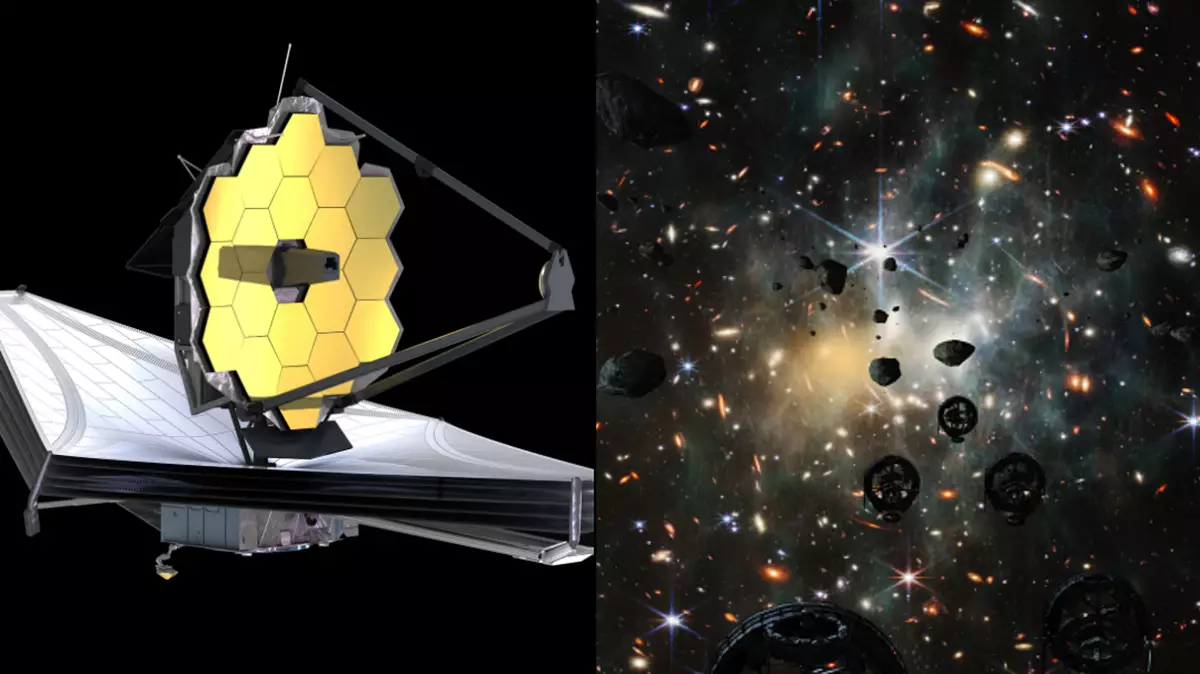The James Webb Space Telescope is making it possible to detect celestial objects we would not have been able to see before, including objects that could further our knowledge of the beginnings of our universe. For example, a team of astronomers detected a “rich population of brown dwarf candidates” outside of our own galaxy for the first time. The image above was captured using the telescope’s Near-Infrared Camera (NIRCam) instrument.
We already know about about 3,000 brown dwarfs inside the Milky Way, but Webb made it possible to find candidates 200,000 light-years away from our planet.
“Only with incredible sensitivity and spatial resolution in the right wavelength regime is it possible to detect these objects at such great distances,” said Peter Zeidler, team leader of AURA/STScI for the European Space Agency. “This has never been possible before and will remain impossible from the ground in the foreseeable future.”
Brown dwarfs are neither planets nor stars. They’re free-floating objects about 13 to 75 times larger than Jupiter, and they’re not gravitationally bound to a star like exoplanets are. Yes, they’re bigger than the biggest gas giants, but they’re also not big enough to produce massive amounts of light, which is why they’re sometimes called “failed stars.” According to the scientists in this study, their observations support the theory that brown dwarfs form like stars, they just “don’t gain enough mass to become a full-fledged star.”
As NASA notes, scientists think it’s possible that “a very large portion” of the universe’s mass comes in the form of brown dwarfs. Since they’re mostly dark and can barely produce any light, they could help answer the “missing mass” problem that astronomers are still trying to solve.
The team found the new brown dwarf candidates in a star cluster called NGC 602 near the outskirts of the Small Magellanic Cloud dwarf galaxy. They reported that older observations from Hubble showed that this cluster contains very low-mass young stars, but Webb made it possible to get a closer look at them. Based on what they’ve seen, this cluster exists in an environment similar to the early universe, meaning studying brown dwarfs could provide more clues about the formation of stars and planets billions of years ago.
After CES and ahead of Samsung’s Unpacked, the Engadget crew had a quick chance to catch its collective breath this week. But we still took a look at the deal machine to see which tech sales are worth your dollar. Right now, we’re seeing some good Apple deals — one on the latest iPad mini and another on the new 15-inch MacBook Air — as well as a first-time discount on the Kindle Colorsoft ereader.
There are some Bluetooth tracker discounts to help you keep track of your keys and bag. And Best Buy is still running a promotion for three free months of Apple TV+ so you can start watching the just-released season two of Severance. Here are this week’s best tech deals you can still find today.
